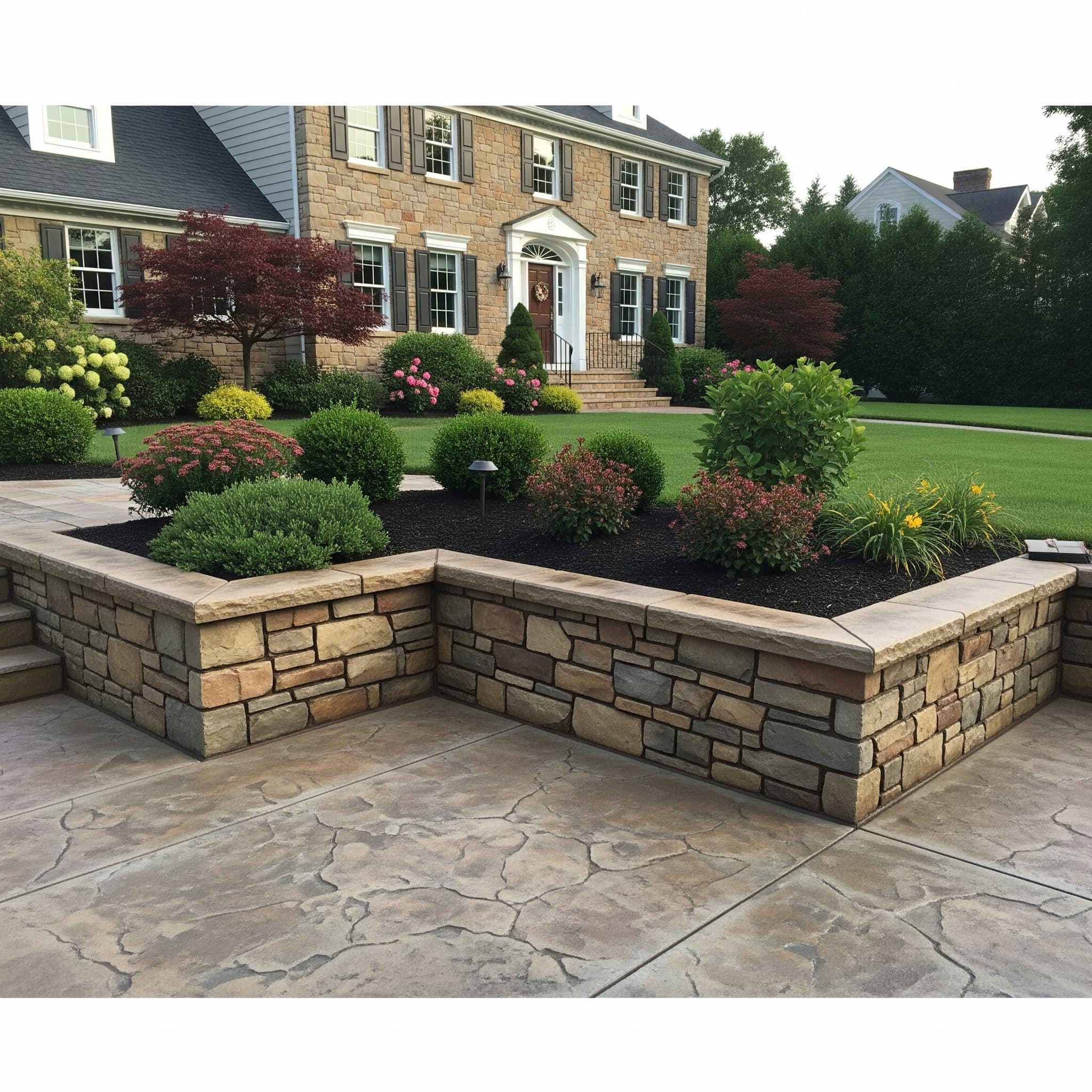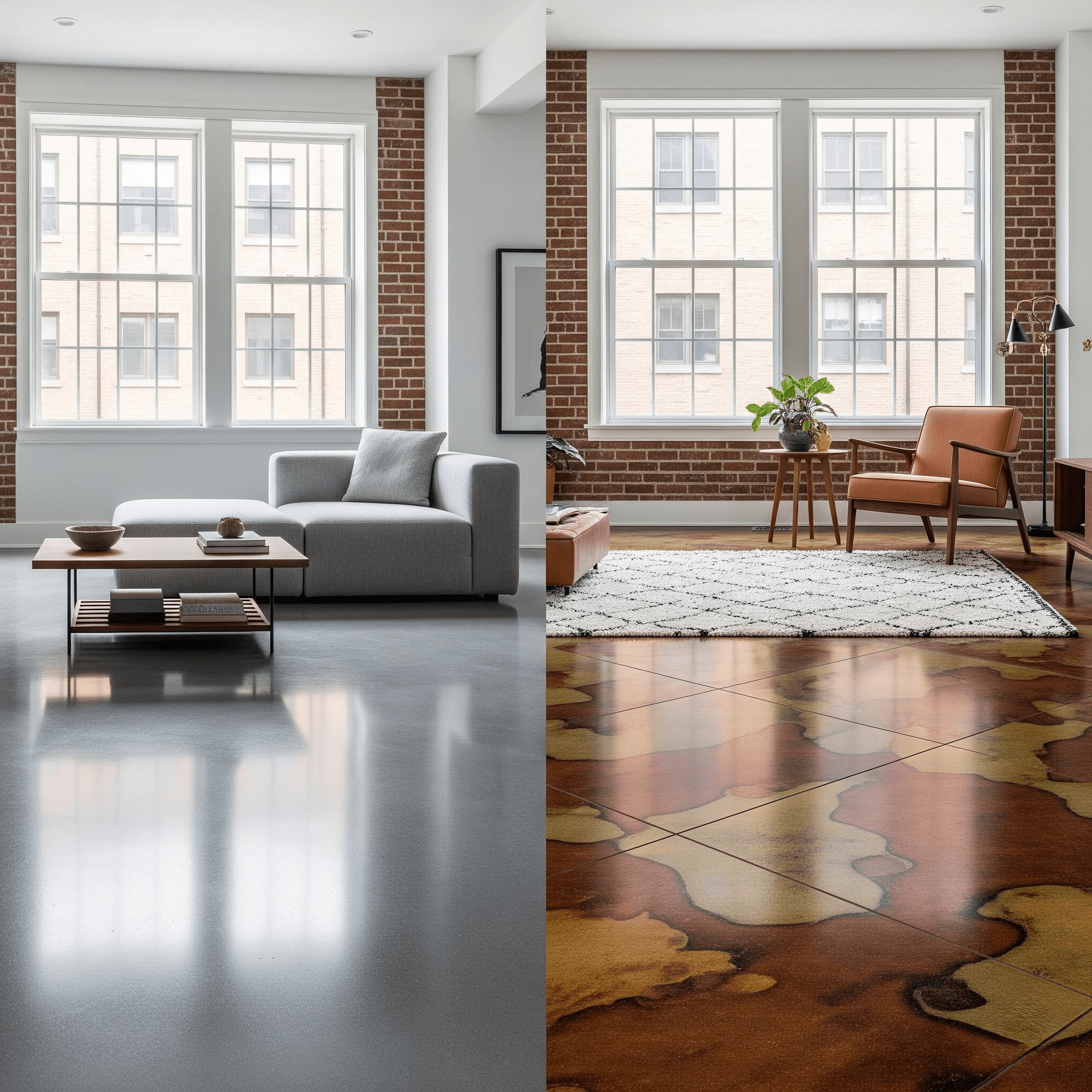
Concrete Patio Pros and Cons for Bridgeport’s Changing Weather
Concrete Patio
Choosing a concrete patio for your Bridgeport home means understanding how Connecticut’s coastal climate affects outdoor living surfaces. With temperatures ranging from harsh winter freezes to humid summer heat, your patio material must withstand significant weather variations. Whether your property overlooks Long Island Sound or sits in neighborhoods near Bridgeport Public Library, evaluating concrete patio advantages and disadvantages helps ensure your outdoor investment performs well through Connecticut’s four distinct seasons.
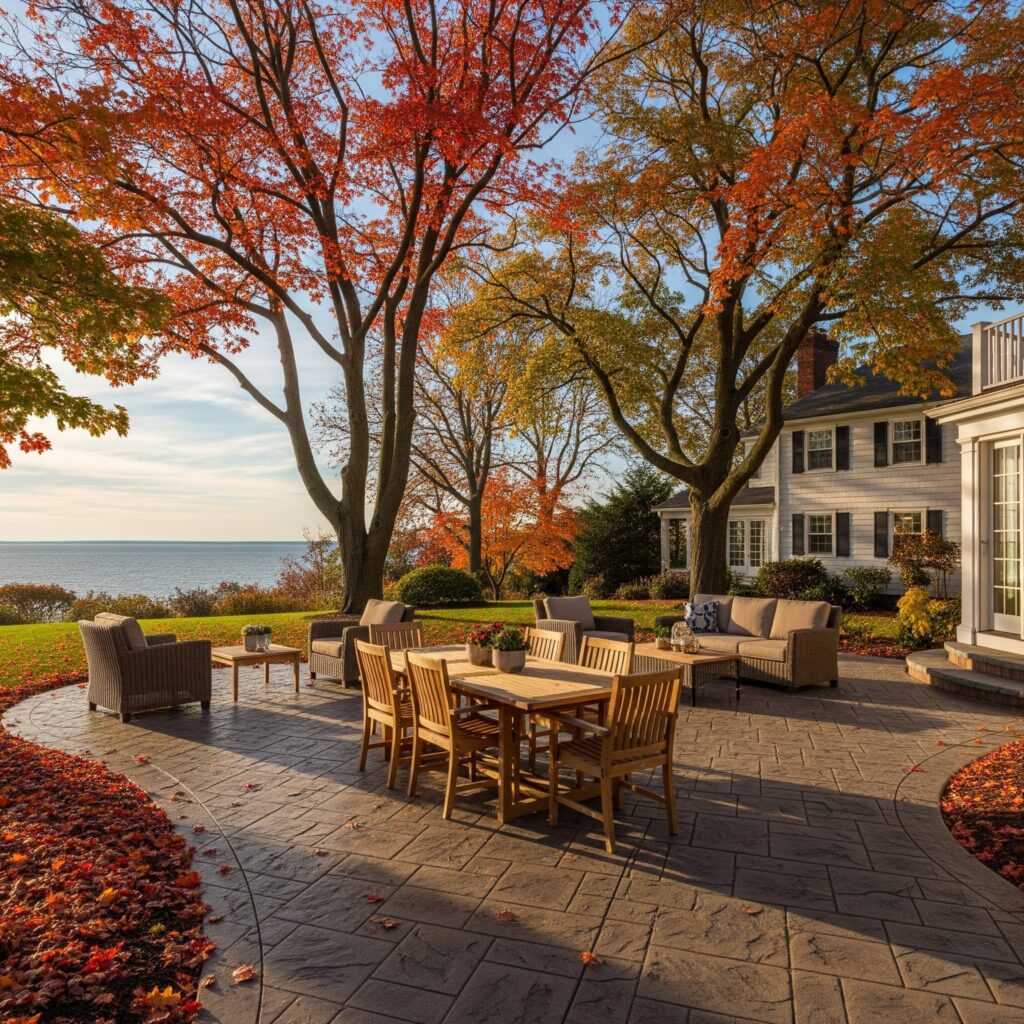
Major Advantages of Concrete Patios in Bridgeport
Connecticut homeowners consistently choose concrete patios for their exceptional durability and weather resistance. Properly installed concrete can withstand freeze-thaw cycles that occur 90 to 100 times per year in Connecticut, making it particularly suitable for Bridgeport’s coastal climate.
Outstanding Durability and Longevity
A well-installed concrete patio can last nearly 30 years with proper maintenance, far exceeding wood decking or less durable materials. Concrete’s high tensile strength handles heavy outdoor furniture, frequent foot traffic, and the weight of snow accumulation common during Bridgeport winters. Properties near areas like Ellsworth Park or Mountain Grove Cemetery benefit from this longevity, as concrete maintains structural integrity despite seasonal ground movement.
Weather Resistance for Connecticut Conditions
Air-entrained concrete, mandatory for Connecticut installations, contains microscopic air bubbles that accommodate water expansion during freeze-thaw cycles. This prevents the scaling and spalling damage common in coastal environments. The concrete’s ability to handle temperature fluctuations makes it ideal for homes throughout Bridgeport, from waterfront properties to inland neighborhoods around the University of Bridgeport campus.
Low Maintenance Requirements
Unlike wood patios requiring annual refinishing or pavers needing regular re-leveling, concrete patios require minimal upkeep. Simple sweeping and occasional washing with mild detergent maintain appearance. Sealing every 2 to 3 years protects against stains and weather damage while preserving decorative finishes, making concrete particularly practical for busy homeowners in areas like Black Rock or the downtown district.
Design Versatility and Customization Options
Modern concrete offers extensive customization possibilities that complement Bridgeport’s diverse architectural styles. Stamped concrete can mimic natural stone, brick, or wood appearances while providing superior durability for Connecticut’s climate challenges.
Decorative Finishing Techniques
Stamped concrete provides affordable alternatives to expensive natural materials without sacrificing durability. Color options and pattern choices allow homeowners to create patios that complement everything from Victorian homes near the Barnum Museum to contemporary residences in the Hollow neighborhood. Broom finishes or slip-resistant coatings enhance safety during wet Connecticut weather.
Cost-Effective Installation
Concrete patios cost significantly less than natural stone or high-end pavers while offering comparable aesthetic appeal. The pour-and-finish installation process requires less time than individual paver placement, reducing labor costs. For Bridgeport homeowners near areas like St. Vincent’s Medical Center or Trumbull Shopping Park, concrete provides excellent value without compromising quality or appearance.
Disadvantages of Concrete Patios in Bridgeport’s Climate
Despite numerous advantages, concrete patios face specific challenges in Connecticut’s variable climate. Understanding these limitations helps homeowners make informed decisions about patio materials and maintenance expectations.
Susceptibility to Cracking
Concrete’s primary weakness involves crack development over time, particularly in climates with frequent freeze-thaw cycles. Even properly installed concrete may develop hairline cracks as water trapped within the material expands during freezing temperatures. Properties near Seaside Park or other coastal areas experience additional stress from salt air exposure, potentially accelerating deterioration.
Temperature-Related Movement
Connecticut’s temperature extremes cause concrete expansion and contraction throughout seasonal cycles. Ground movement from frost heaving can create stress points, leading to crack formation. While expansion joints help accommodate movement, complete crack prevention remains challenging in Bridgeport’s climate conditions.
Repair Complexity and Costs
Unlike pavers, where individual pieces can be replaced, concrete patio repairs often require extensive work. Matching colors and textures in replacement sections proves difficult, potentially necessitating complete resurfacing for aesthetic consistency. This limitation particularly affects decorative concrete installations common in upscale neighborhoods around Captain’s Walk or Brooklawn areas.
Weather-Specific Maintenance Considerations
Bridgeport’s coastal climate demands specific maintenance approaches to maximize concrete patio performance. Proper care protocols address both winter protection and summer preservation requirements.
Winter Protection Strategies
Connecticut winters require proactive concrete protection to prevent freeze-thaw damage. Avoid using deicing salts containing sodium chloride, which accelerate concrete deterioration. Instead, use sand or environmentally safe alternatives for traction. Prompt snow removal prevents prolonged moisture exposure that contributes to scaling and spalling damage common in coastal areas.
Seasonal Sealing Requirements
Apply penetrating sealers before Connecticut’s first freeze to create water-resistant barriers. Quality sealers prevent moisture infiltration while allowing vapor transmission, crucial for preventing subsurface damage. Properties near areas like Steel Point or Marina Village benefit from marine-grade sealers that resist salt air corrosion.
Installation Timing and Weather Windows
Connecticut’s climate significantly impacts concrete patio installation scheduling. Understanding optimal timing ensures proper curing and long-term performance despite weather challenges.
Optimal Installation Seasons
Spring through early fall provides ideal conditions for concrete installation in Bridgeport. Air temperatures above 50°F for 24-hour periods ensure proper curing without cold-weather complications. Fall installations allow full curing before winter freeze-thaw cycles begin, particularly important for homes near areas like Remington Woods or Brooklawn neighborhoods.
Curing Requirements for Connecticut Climate
Proper curing remains critical for achieving full concrete strength in variable weather conditions. Protection from rapid temperature changes, wind, and precipitation during the first week prevents surface defects and ensures durability. Connecticut’s high humidity can benefit curing when properly managed, but requires careful moisture control to prevent surface scaling.
Professional Installation with Bridgeport Concrete Solutions
At Bridgeport Concrete Solutions, we understand the unique challenges concrete patios face in Connecticut’s coastal climate. Our experience with local weather patterns, soil conditions, and municipal requirements ensures your patio installation meets both aesthetic goals and performance expectations. We utilize air-entrained concrete mixes, proper reinforcement techniques, and weather-appropriate installation methods specifically designed for Bridgeport’s climate challenges. From initial design consultation through final sealing, we deliver concrete patios that enhance your outdoor living space while withstanding Connecticut’s demanding seasonal cycles for decades of reliable service.
LATEST POSTS

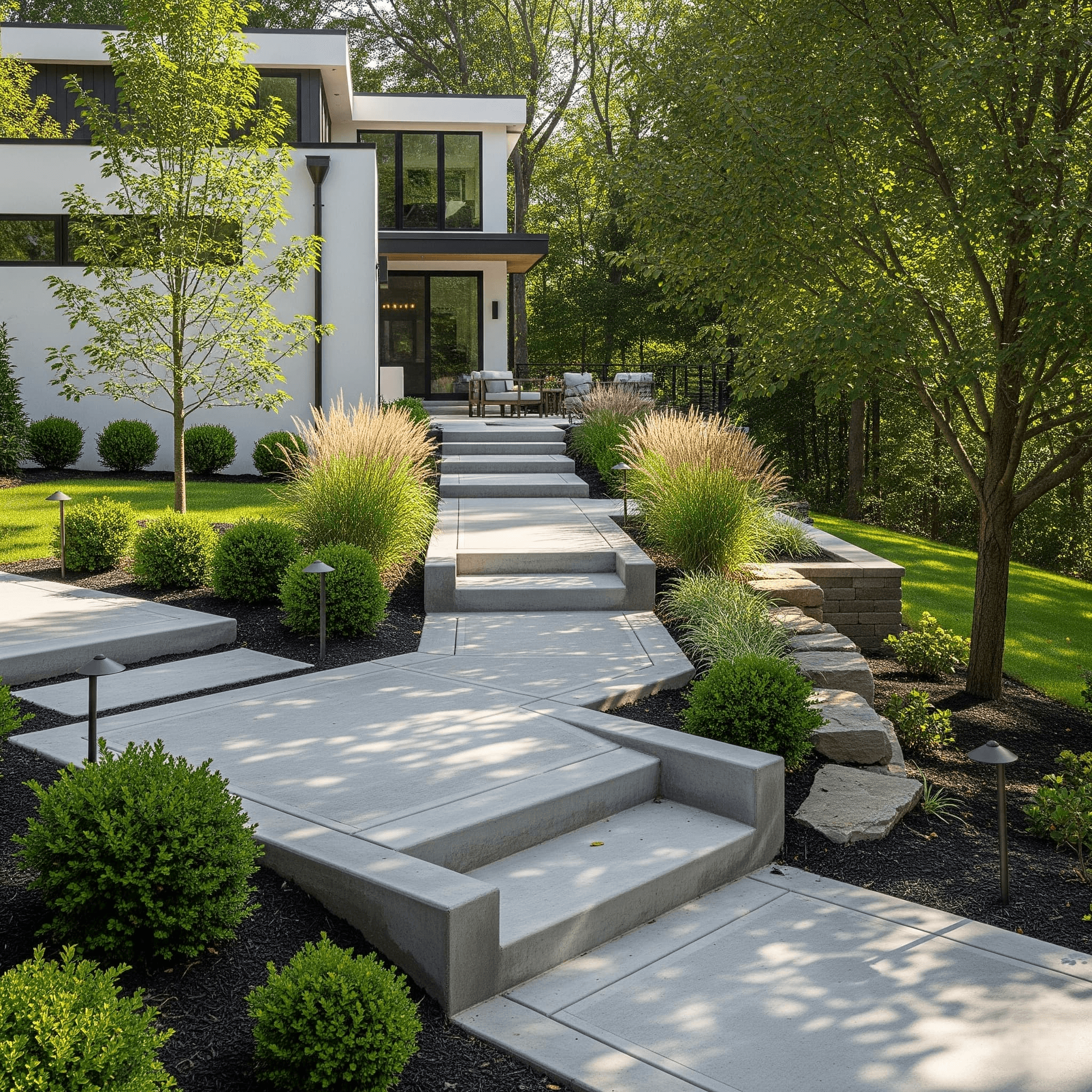
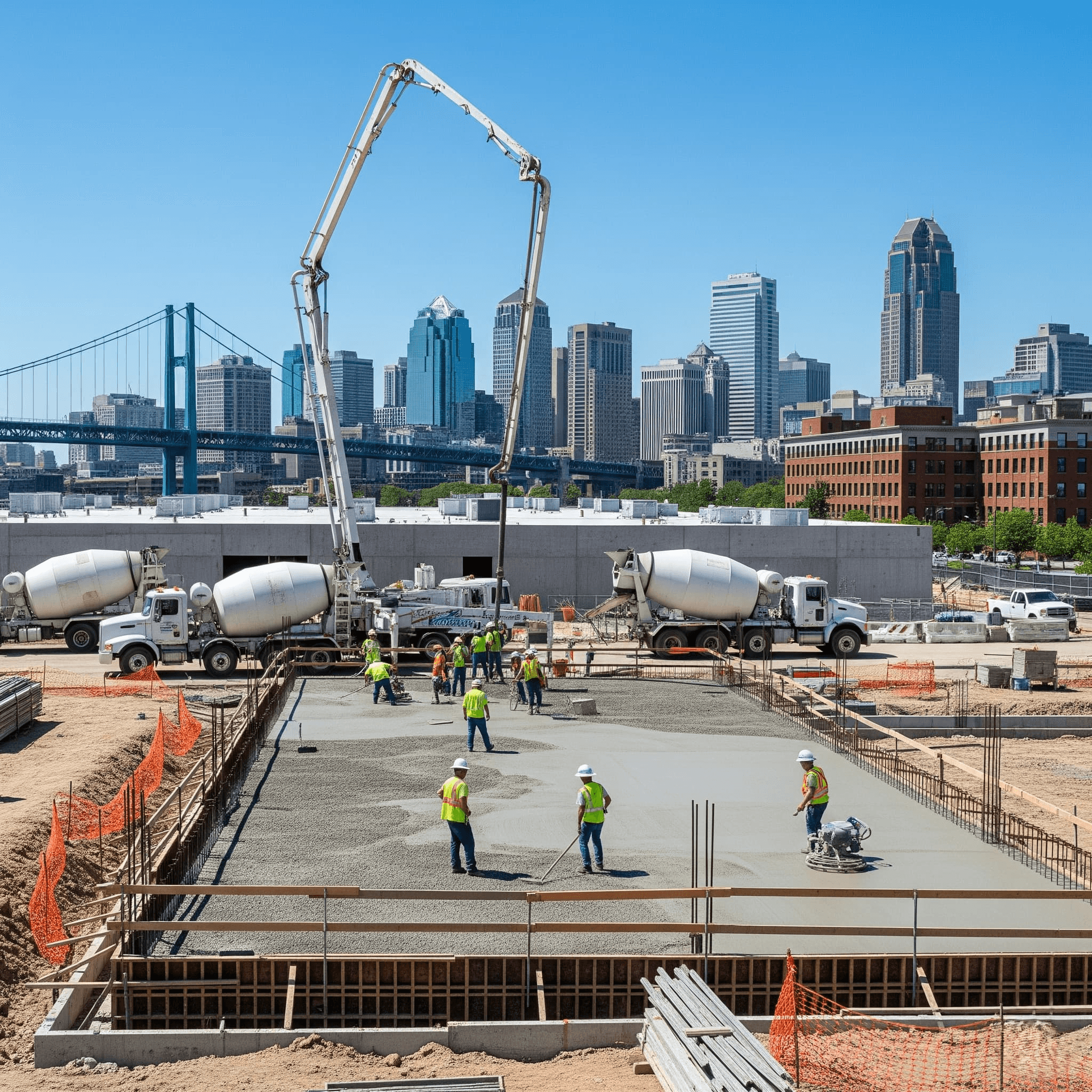
Eco-Friendly Commercial Concrete Materials Popular in Bridgeport
